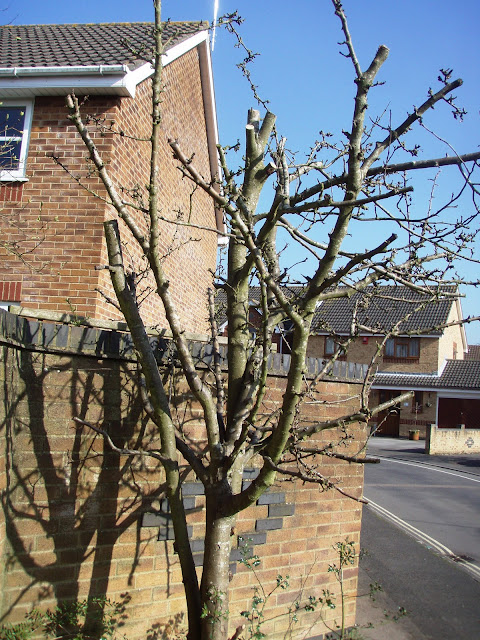As a young boy I was lucky, in that my parents had a large garden containing apple trees and a pear and plum tree too, along with a profusion of propagated raspberries, blackcurrants and other fruit bushes. My dear Grandma was a keen gardener, and she tended the vegetable plot and flower borders with vigour that bellied her age. She taught my siblings and I plenty about nature and the local wildlife, including what you could and should not eat.
Every autumn we would be out in the garden picking and wrapping apples for winter storage and my mum was forever baking, pickling, jam making and generally cooking things from the garden. I tend to have wistful memories of these idyllic times but these wholesome habits were born largely out of necessity. The memories of wartime and post war rationing were still fairly fresh in senior people’s minds and although it was hardly a siege mentality – it still made good sense to save what you could by eating from the land.
In the Fifties the populace was given the washing machine and TV along with science fiction dreams of robots doing all our housework and flying to work on jet packs. Then the Sixties (when I was born) gave us Hippies, pop music and fashion, the Seventies gave us strikes, the three day week, powercuts, Punk Rock and Maggie Thatcher, the Eighties gave us New Romantic’s Ska, Boom and Bust and supermarkets the Nineties gave us Britpop, mobile phones and out of town shopping centres the Naughties gave us the digital world, globalisation and the internet shopping. Here concludes you history lesson kids.
Throughout all of this time house prices in the UK have pretty much consistently risen, with the exception of a couple of notable falls, and I believe that this has a lot to do with the current miasma that society has got itself into. When I was a young boy, there was a butcher a baker, a greengrocer, a fish shop, a hardware store, a post office, a chemist and a newsagent all within walking distance of pretty much everyone’s house. The groceries would be bought after walking the kids to school, and carried or cycled back in manageable amounts of stout paper bags.
Sadly, because house prices have risen so high, in comparison with earnings, it is now fairly uncommon to have a family where only one person goes out to work and the other stays at home to do important jobs like look after our elderly parents and babies, walk children to and from school, do food shopping and cook meals etc. It also means that families often find it hard to manage without two cars.
The main solution that has been suggested by the powers that be is this… That once a week we all get into our cars, drive to the out of town shopping centre, troop like lemmings into the supermarket and queue up in these soulless super-sheds in order to spend what remains of our hard earned money on vast amounts of factory packaged, plastic coated, precooked tosh! This is called convenience; and bless our tiny little helpless souls we have fallen for the Supermarket mantra as one. If we don’t have time to actually go shopping, we can always order the delivery online of course which might save on petrol and congestion but probably will actually take up just as much time. But I digress.
I’m also beginning to rant, so I shall calmly continue to explain how I became the Urbane Forager...















